By revamping aging properties, optimizing guest experiences, and empowering regional communities, MYSTAYS has dedicated recent years to expanding Japan’s hospitality offerings beyond the well-trodden Tokyo-Osaka-Kyoto route. In this interview for The Worldfolio, Chairman Shunsuke Yamamoto and President Ryoichi Shirota share the brand’s value-driven approach to hotel acquisitions, discuss the evolution of inbound tourism, and reveal their vision for sustaining Japan’s travel boom.
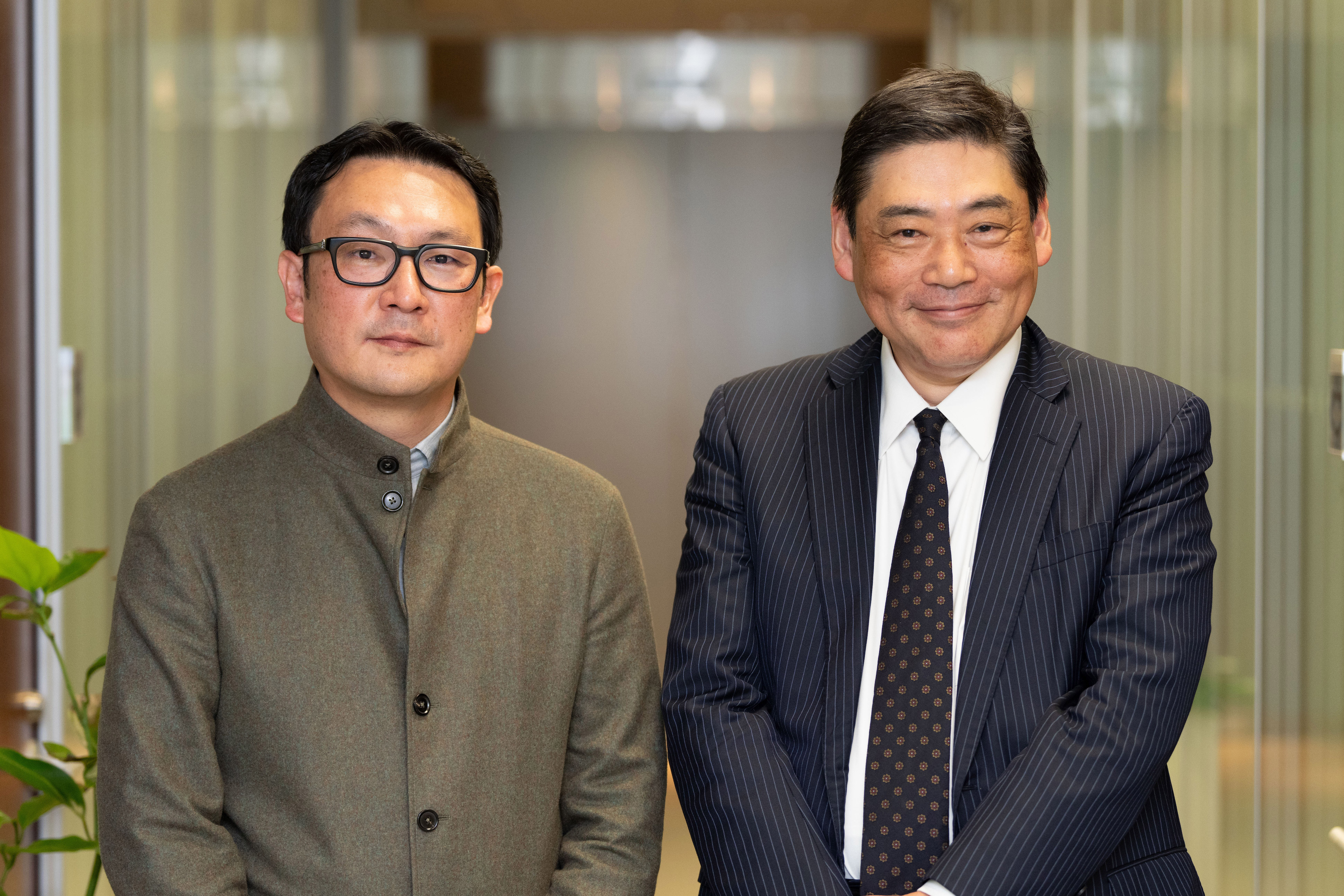
Can you provide a brief overview of the relationship between MYSTAYS and Fortress Investment Group (“Fortress”), and your role within that partnership?
Shunsuke Yamamoto (SY): Funds managed by affiliates of Fortress own 100% of MYSTAYS. As a global investment management firm, Fortress specializes in many areas across the globe, including in real estate and real estate related private equity investments across Japan, and I oversee its hotel investment strategy. The expansion of MYSTAYS is primarily deal-driven, based on the opportunities Fortress secures. Unlike a top-down approach where specific locations are targeted, we evaluate each deal on an individual basis and decide whether it aligns with our investment strategy.
In addition to overseeing investments, I serve as Chairman of MYSTAYS. Shirota san, as President, manages the day-to-day operations of the company.
Our approach typically involves extensive renovations upon acquiring assets, enhancing the guest experience while keeping operational considerations in mind. We then determine which brand best suits each property. In some cases, an asset aligns with an existing brand, while in others, the original name is retained to preserve the hotel’s unique identity. Examples of individually branded hotels include Hotel New Akao in Atami, Fusaki Resort in Ishigaki, and Hakodate Kokusai in Hokkaido.
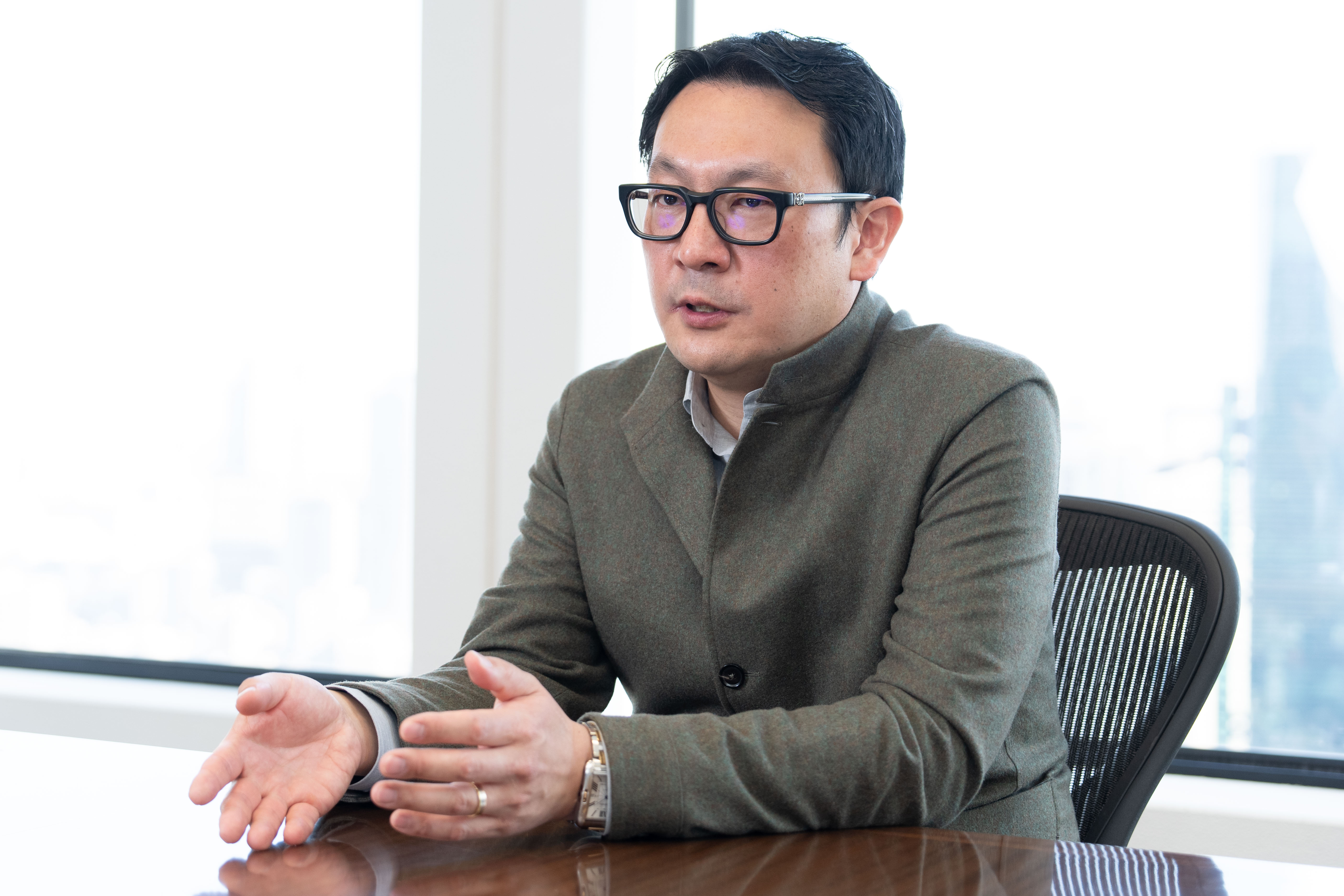 Shunsuke Yamamoto, Chairman
Shunsuke Yamamoto, Chairman
Japan’s tourism industry has made a strong recovery following the global pandemic, with nearly 37 million inbound tourists visiting the country last year. In your view, what makes Japan such a prime tourist destination, and what factors continue to drive its appeal to international travelers?
Shunsuke Yamamoto: I believe there are two main reasons why Japan remains a top tourist destination. First, Japan’s infrastructure makes travel exceptionally convenient. The public transportation network is extensive and efficient, allowing visitors to easily navigate the country and access a wide range of destinations.
Second, Japan offers an incredible variety of experiences despite its relatively small geographic size. The country is highly diverse, with distinct local cultures, cuisines, landscapes, and climates that change from north to south. This diversity is a major factor driving repeat visitation. Today, many inbound travelers are not first-time visitors, but rather returning guests exploring beyond major gateway cities into regional destinations.
Ryoichi Shirota: Several key events have also helped elevate Japan’s global appeal. The 2019 Rugby World Cup brought a wave of Western visitors, many of whom were impressed and shared their experiences on social media, particularly about Japan’s unique food culture. Then, during the COVID-19 pandemic, many people overseas were exposed to Japanese anime and pop culture, further sparking interest in visiting Japan. Additionally, while the Tokyo 2020 Olympics were held without spectators, the global coverage still helped promote Tokyo and Japan as a must-visit destination.
Before 2019, Chinese tourists made up about 30% of Japan’s inbound visitors. However, post-pandemic, we’ve seen a significant increase in Western travelers, largely due to the wider spread of information about Japan through social media and cultural influences.
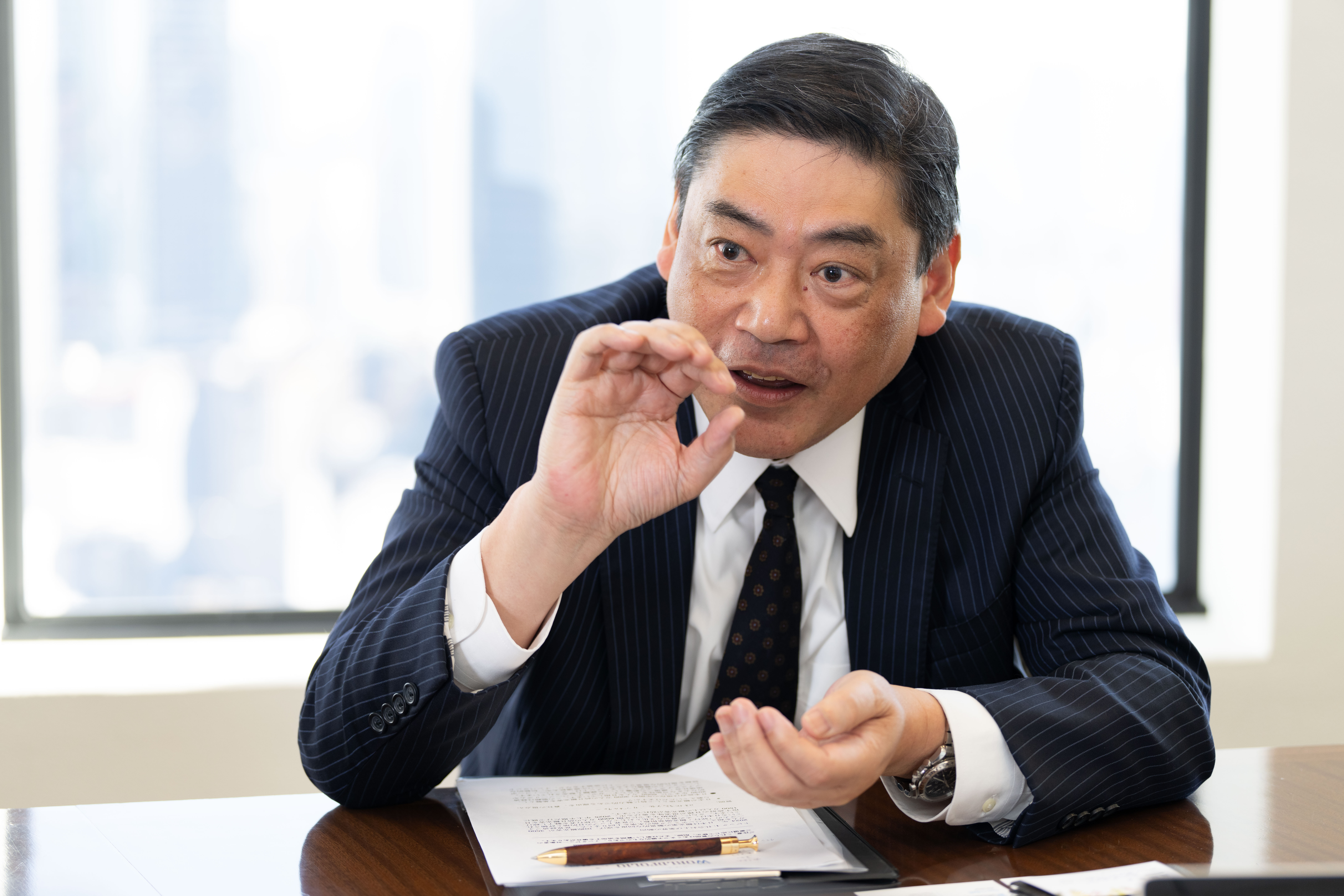
Ryoichi Shirota, President
Japan’s tourism success story has been remarkable, but it hasn’t come without challenges, as many Japanese residents express frustration over crowded landmarks and the perceived loss of local authenticity due to the increasing influx of tourists. MYSTAYS has taken a proactive approach by expanding tourism distribution and modernizing traditional inns in regional locations. Can you elaborate on these initiatives and how they contribute to mitigating overtourism?
Shunsuke Yamamoto: The first key strategy is to diversify tourism by encouraging visitors to explore beyond the Golden Route of Tokyo, Osaka, and Kyoto and discover lesser-known destinations across Japan. Once they arrive, it’s essential to ensure that infrastructure, foreign language support, and signage are foreigner-friendly. At MYSTAYS, we are actively working on this, particularly by enhancing front desk reception services and offering local experiences through hotel-organized tours and activities that help visitors engage with authentic local culture.
We also encourage longer stays in each location. By staying more than one night per destination, guests can travel more comfortably without constantly moving luggage, while also having more time to explore the local area, engage with the culture, and dine at local restaurants, contributing more to regional economies.
To combat overtourism, we are focused on smarter IT solutions, particularly in streamlining check-in processes to make the experience more efficient and hassle-free. I also strongly advocate for reserving time slots for visits to major tourist attractions, a practice that was adopted during the pandemic. This approach helps to reduce overcrowding and ultimately enhances the visitor experience for everyone.
Ryoichi Shirota: With the speed at which information spreads today, emerging destinations gain visibility quickly. There are hidden gems across Japan that even locals are still discovering, and as awareness grows through online platforms and social media, tourism naturally expands beyond traditionally known locations. Just as cities develop outward from central hubs, tourism follows a similar pattern, gradually expanding beyond the past lists of well-known sites.
Shunsuke Yamamoto: One example is our recent hotel acquisition in Nachikatsuura, near Nachi Falls. The previous operator focused primarily on domestic groups and travelers just looking for an inexpensive onsen destination near Osaka, leading to intense price competition. However, Nachikatsuura’s real strength lies in its rich culture, deep history, and exceptional local cuisine. It is one of the few ports in Japan where visitors can experience raw, never-frozen tuna, which has a unique texture and unparalleled freshness. This kind of exclusive local experience is exactly what we are working to introduce to international travelers, helping them connect with authentic regional flavors and traditions.
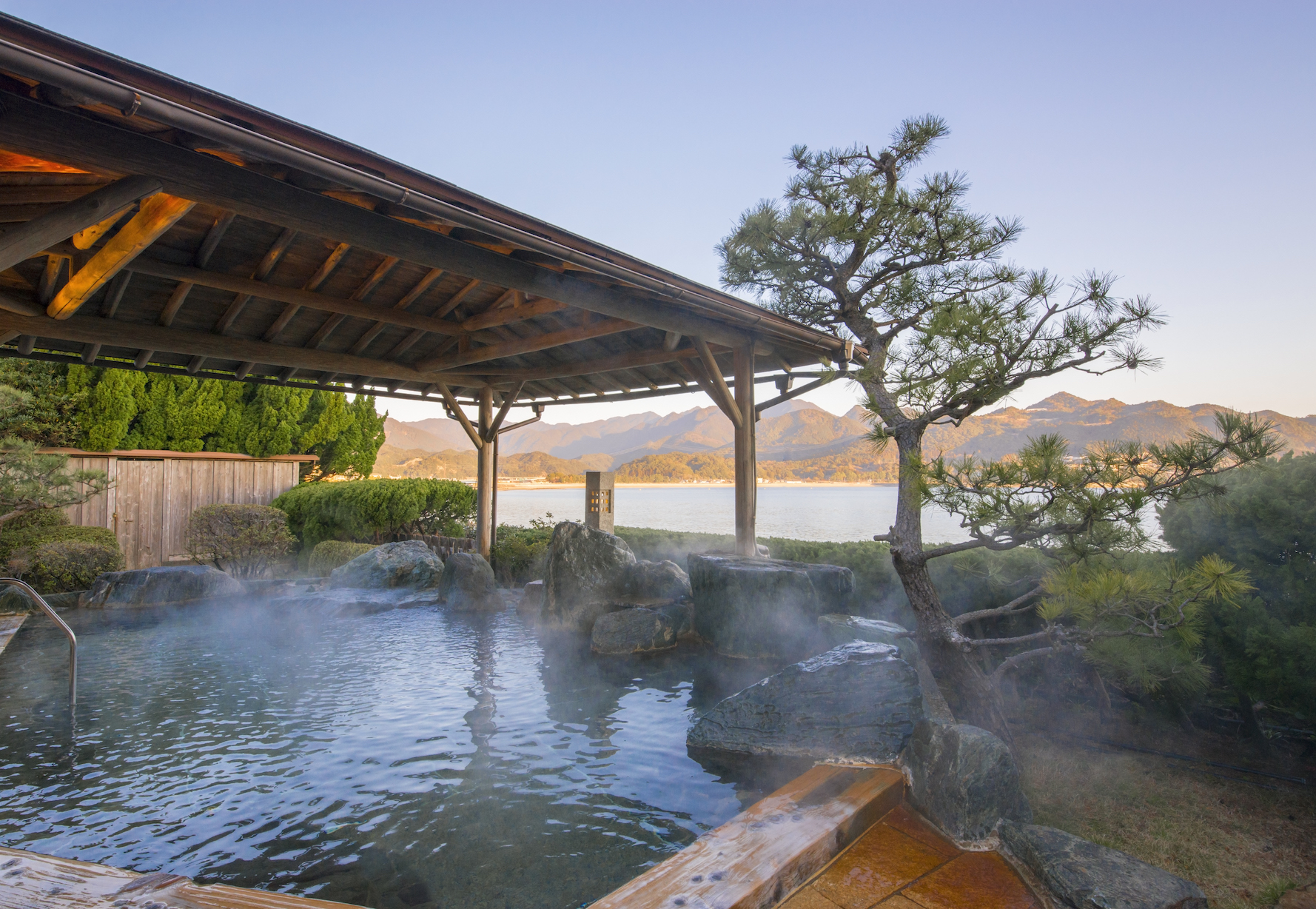 Open Air Bath at Kamenoi Hotel Nachikatsuura
Open Air Bath at Kamenoi Hotel Nachikatsuura
One major challenge that could hinder Japan’s efforts to expand tourism is its declining population. You’ve already mentioned labor shortages, and this issue is only expected to intensify in the coming years. How is MYSTAYS strategizing to overcome this challenge?
Shunsuke Yamamoto: That’s a very timely question. Since last year, we have been increasing our use of foreign guest workers to address labor shortages. To support this, we operate a hotel academy near Narita Airport, where we provide in-house training to develop hospitality professionals.
On the automation front, we are investing in automated check-in systems and exploring new technologies for food and beverage services. Of course, automation isn’t always the right fit—particularly in traditional Japanese inns, where a high level of personalized service is expected. However, in certain settings, these innovations can significantly enhance efficiency and guest convenience. Our focus is on finding the right balance between technology and human interaction, ensuring that automation enhances rather than detracts from the overall guest experience.
Your history dates back to 1999, and today, your portfolio includes 177 properties with over 23,964 rooms. While many Japanese hoteliers focus on specific niches, your portfolio spans a much broader range of properties. Could you share some of the key milestones in MYSTAYS' growth and the core strengths that have defined your success?
Shunsuke Yamamoto: Fortress initially operated two separate hotel management companies: MYSTAYS, which specialized in extended stays and limited-service hotels, and Naqua Hotels & Resorts Management, which focused on city-center full-service hotels and resorts. Over time, Fortress acquired full control of Naqua and merged it into MYSTAYS, allowing us to expand our capabilities across the full spectrum of hotel management.
As Fortress increased its acquisitions in the resort and full-service space, we also brought in highly skilled hospitality professionals with deep operational expertise. This shift significantly enhanced our in-house capabilities. For example, MYSTAYS previously outsourced its restaurant operations, as food & beverage was not considered a core competency. However, as we integrated city-center hotels and resorts, we discovered we had exceptionally talented chefs within our team who were eager to take direct control of restaurant operations, improving both quality and guest experience.
A great example of this transformation is a ramen chef from one of our Gotanda hotels, who later joined MYSTAYS corporate headquarters. Today, he is one of our senior leaders in menu development, helping to elevate the dining experience across our properties.
Looking at the range of properties under MYSTAYS, do you have a personal favorite? If so, what makes that hotel stand out to you?
Ryoichi Shirota: It’s difficult to choose a favorite hotel because our portfolio is incredibly diverse, and each property has played a role in shaping MYSTAYS’ growth. Our company started by managing weekly accommodations for medium- to long-term stays, and over time, we acquired new hotels and took on new challenges. Each experience contributed to our evolution, and as a result, I feel a personal connection to every one of our properties.
In terms of how we built this portfolio, our approach in the past was for headquarters to oversee all administrative functions. When we acquired new hotels, we absorbed their back-office operations into our central structure, implementing a standardized operating model. This allowed us to scale efficiently while maintaining operational consistency across our growing portfolio.
Shunsuke Yamamoto: This strategy also helped minimize the administrative burden on individual hotels. Many of these properties previously had large back-office teams, but by centralizing key functions at our headquarters, we were able to streamline operations. This structure has been a key factor in our ability to scale while maintaining operational efficiency.
I do have a favorite hotel, and that’s Fusaki Beach Resort in Ishigaki. What makes it special to me is that, while it wasn’t a blank canvas, it was a large canvas with plenty of room to create something unique. Over the past ten years, we have expanded guest rooms and facilities, carefully shaping a resort that truly reflects the location and the natural feel of Ishigaki.
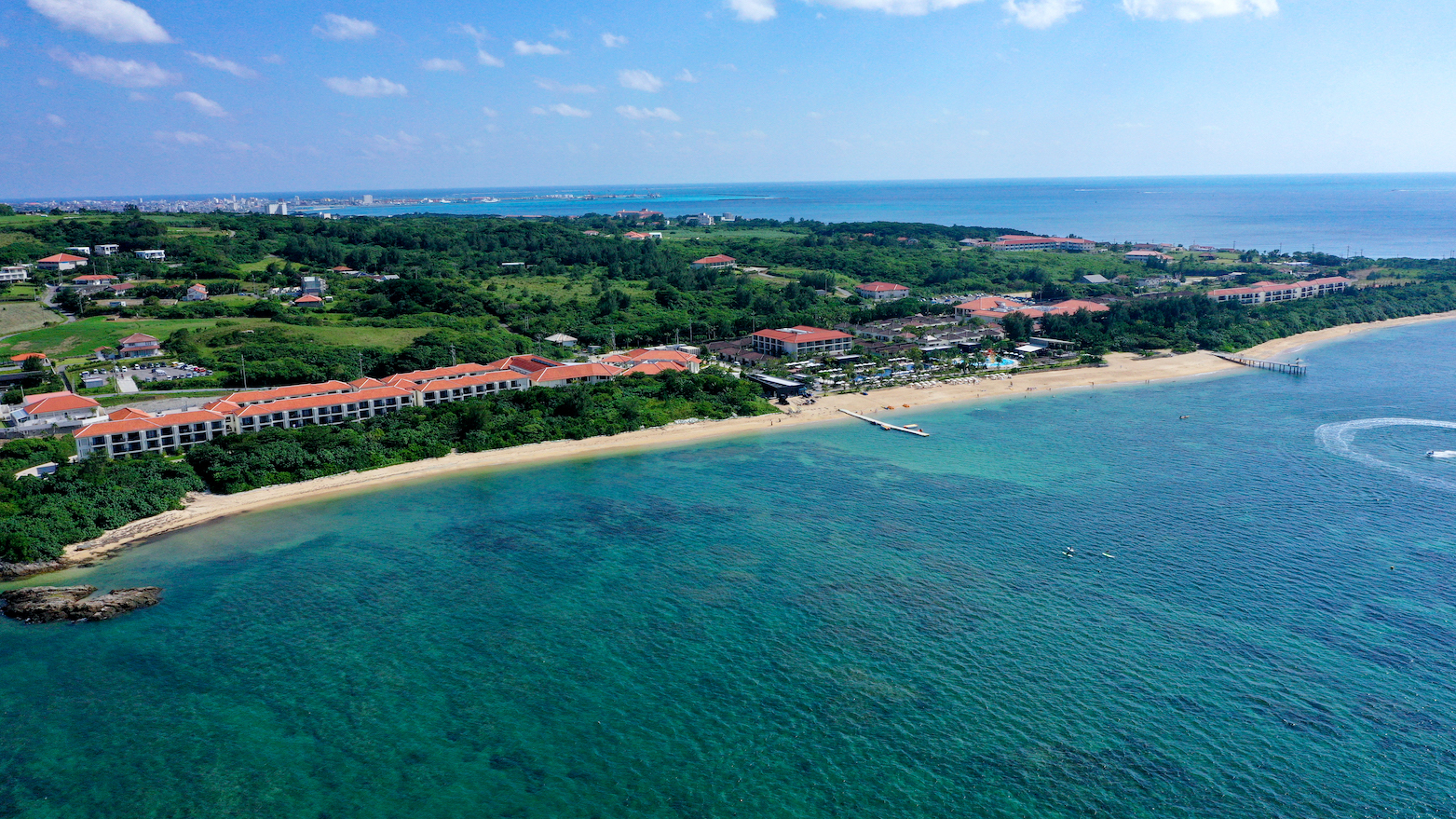 Fusaki Beach Resort
Fusaki Beach Resort
We also found the right balance between price point and product, ensuring that the resort appeals to the market while preserving its authenticity. Rather than imposing a corporate brand identity, we allowed the resort to grow organically, blending seamlessly with its surroundings. That’s what I love about this hotel—it feels like a natural part of the destination, rather than a brand imposing itself on the landscape.
Given your growing portfolio of over 175 properties, can you elaborate on your sourcing strategy? What specific KPIs and criteria do you evaluate when determining whether a property presents a strong value-add opportunity?
Shunsuke Yamamoto: When evaluating hotels, there are certain factors we cannot change, such as a hotel’s location and its structural foundation. However, elements like outdated interiors, underwhelming food offerings, or poor service quality are areas where we can make measurable improvements. We carefully assess how much additional income could be generated from each enhancement, weighing that against the investment required to ensure a strong return. The types of deals that fit these criteria vary depending on market conditions.
We are also excited about two recent acquisitions. Last year, we bought the Phoenix Seagaia Resort, a massive resort originally developed at a cost of around JPY 200 billion. Another major acquisition was Joban Kosan, a hotel and water park operator with a 140-year history that traces its origins to coal mining. These larger-scale acquisitions reflect our long-term commitment to strategic growth in Japan’s evolving hospitality market.
As you continue expanding your portfolio, what is your strategy for maintaining the overall quality of each brand? How do you ensure that service standards, guest experience, and operational excellence remain consistent across your growing network of properties?
Shunsuke Yamamoto: If expanding a brand’s reach stretches it too far from its core identity, we opt to independently brand the hotel or even create a new brand to ensure the right market positioning.
Maintaining quality standards across a growing portfolio relies heavily on consistent reporting formats that provide clear insight into operations across all properties. We have a system in place where area managers regularly share information, compare notes, and exchange best practices across the chain.
This collaborative approach helps optimize operations in various ways—from standardizing food recipes to coordinating supplier networks, even down to sourcing everyday essentials like toothbrushes. By continuously sharing and implementing small improvements, we ensure that quality remains high across all of our properties.
Strategic partnerships play a key role in your growth, and in the past, you’ve collaborated with Sabre Corporation, utilizing global distribution systems to expand your reach. Are you currently exploring new partnerships, either domestically or internationally? If so, what types of collaborations are you looking for, and in what areas do you see the most potential for partnership-driven growth?
Shunsuke Yamamoto: We prioritize diversifying our distribution channels, as over-reliance on a few online travel agents is not a sustainable strategy. We are always exploring emerging online travel agents from developing markets like Korea and Southeast Asia, ensuring we can tap into new traveler segments.
Beyond mainstream distribution, we are also interested in partnering with niche tour operators, such as cycling tour specialists, to enhance unique travel experiences. Additionally, we are focused on expanding our direct distribution, and to support this, we plan to launch a loyalty program in June.
This program will allow us to offer a more complete Japan travel experience, connecting guests with recommended routes, curated tours, and local activities. It will also provide exclusive benefits for those who book directly through MYSTAYS, such as luggage handling services, making their journey across Japan more seamless and convenient.
Building on this idea of creating a national MYSTAYS hotel tour, beyond Japan’s well-known tourist destinations, which regional areas do you believe have untapped potential today? Where do you see the greatest opportunities for growth in emerging travel destinations?
Shunsuke Yamamoto: One area I see untapped potential in is Japan’s wine regions. While Japanese wine quality varies, there are some exceptional small producers whose wines rarely make it to Tokyo due to limited supply. However, if you visit regions like Nagano or Hokkaido, you can sometimes discover incredible bottles that aren’t widely available. Organizing winery tours or offering a daily selection of local wines in hotel restaurants could create a unique and immersive experience for travelers.
The same applies to sake. There is an astonishing price differential within Japan, where a high-quality sake from a lesser-known brewery can be found at a remarkably low price. Many small sake breweries are struggling, so I see an opportunity to support their distribution and introduce more travelers to these hidden gems.
In terms of geographical areas with untapped tourism potential, I find certain mountainous regions particularly interesting. These regions offer great onsens, excellent local restaurants, and stunning landscapes. What many people might not realize is that these regions rank among the top three in Japan for major meat categories, making it a must-visit destination for food lovers.
Sustainable tourism is becoming an increasingly important trend, and it’s an area where MYSTAYS is actively engaged. One notable initiative is your charity market, which repurposes hotel items to support community welfare. Could you elaborate on your approach to sustainability and share some of the key initiatives you’re implementing across your properties to promote responsible tourism?
Shunsuke Yamamoto: We are always looking to source local ingredients, particularly vegetables and meat, for our hotels. There are two key considerations behind this approach. First, it enhances the guest experience by allowing visitors to engage with regional flavors and specialties. While we may not be able to offer 100% locally produced food, we always aim to highlight key local ingredients that showcase what each area has to offer.
As for our charity auction, it stems from our commitment to reducing waste. Since we renovate so many hotels, we frequently deal with furniture, fixtures, and equipment (FF&E) that would typically be discarded—an incredibly wasteful process. To minimize this, we first try to relocate reusable furniture to other hotels in our portfolio. For items that are not needed internally, we either donate them to charity or auction them off for charitable causes. So far, we have held two successful charity auctions, and we see this as a meaningful way to extend the life cycle of materials while giving back to the community.
You mentioned the impact of rising construction costs and inflation, both of which are driving up construction prices. As a result, profit margins for mid-segment properties are being squeezed, pushing many developers to focus on higher-end hotels. Looking ahead to the next twelve months, given Japan’s tourism boom alongside these economic pressures, what do you see as the biggest threat facing the Japanese hotel sector? Additionally, how is MYSTAYS strategizing to mitigate these challenges?
Shunsuke Yamamoto: It’s important to recognize that the challenge isn’t just rising construction costs—the labor shortage is an even bigger long-term issue. Even if you build a hotel, you still need staff to clean rooms, run kitchens, and manage operations.
One way we are addressing this is by operating hotel clusters, where staff can be rotated between properties to manage staffing needs more efficiently. This allows us to better allocate resources and ensure smooth operations across multiple locations.
To mitigate high construction costs, we take advantage of our large portfolio. When we renovate a hotel, we have the flexibility to shut it down completely rather than doing renovations floor by floor. This significantly reduces construction time and costs, which is an advantage that not all hotel operators can leverage.
For major projects like seismic retrofits, where a hotel may need to be closed for six months, we use this time strategically. Staff can undergo training, be reallocated to other hotels, or—if they are skilled professionals like chefs or sommeliers—they can share their expertise by training teams at different locations. This approach not only optimizes human resources but also helps enhance skill development across our portfolio.
You’ve highlighted your focus on properties in regional areas, beyond the well-traveled Golden Route of Tokyo, Osaka, and Kyoto. While first-time visitors often stay within these major hubs, repeat travelers are increasingly drawn to lesser-known destinations. However, a common concern—whether real or perceived—is that regional areas may lack multilingual support, making navigation and communication more challenging. Given MYSTAYS' regional offerings, what services and initiatives have you implemented to help overcome language barriers and ensure a seamless experience for international guests?
Shunsuke Yamamoto: Translation technology has become highly sophisticated, and the key is placing these tools in a way that minimizes friction between guests and hotel staff. That being said, we haven’t perfected this across all our hotels yet, and enhancing multilingual support is a major focus for us as we look toward 2025.
Another challenge, particularly in traditional Japanese ryokan, is the way meal packages are presented to international travelers. On Japanese travel platforms like Rakuten Travel, meal options are well-curated, providing guests with clear descriptions and expectations. However, on global platforms like Expedia or Booking.com, meal packages are often listed generically as "dinner included," without further details.
To address this, we are modifying how meal options are displayed at select properties where we expect a higher mix of foreign guests. By standardizing descriptions, adding photos, and offering clearer information, we aim to create a more transparent and user-friendly booking experience for international travelers.
Last year, you rebranded a series of hotel properties within your portfolio. What was the rationale behind this rebranding, and what key strategic objectives were you aiming to achieve?
Shunsuke Yamamoto: Kamenoi is a brand we acquired several years ago with a hotel in Beppu, but we decided to pause its use until the right opportunity came along. That opportunity arrived when we acquired 30 assets from Japan Post—primarily mid-scale, 50-key onsen retreats.
The challenge was to reshape public perception of these properties. We wanted to move away from the idea that they were rather bland post office lodges and instead position them as inviting, authentic ryokan experiences. To achieve this, we revitalized the Kamenoi brand, tapping into its rich hospitality heritage. Alongside renovations and operational improvements, we transformed Kamenoi into a fun, authentic, regional ryokan brand that aligns with modern travelers’ expectations.
Fortress has been actively acquiring traditional ryokans, such as Nachikatsuura and Tsukubasan, and Kamenoi was the perfect fit for this vision. Branding these properties under a unified identity not only establishes a consistent level of quality but also encourages repeat stays, allowing guests to explore Japan more deeply through the Kamenoi network.
MYSTAYS was founded in 1999, and in 2029, you’ll be celebrating your 30th anniversary. If we were to return for another interview at that milestone, what key objectives or ambitions would you hope to have achieved by then?
Ryoichi Shirota: By 2029, I believe MYSTAYS will be the top hotel company in Japan because no other operator offers the same level of diversity in its portfolio and capabilities. Our ability to revitalize struggling hotels and create value through operational improvements will naturally position us as the market leader.
Shunsuke Yamamoto: Beyond growth, I want MYSTAYS to be the most desirable workplace for graduates entering the hospitality industry—a company where they see the best opportunities to build a career. We aim to be recognized not just for the properties we manage, but also for our commitment to innovation and our reputation as a forward-thinking, continuously evolving hotel company.
For more information, please visit their website at: https://corporate.mystays.com/en/
0 COMMENTS